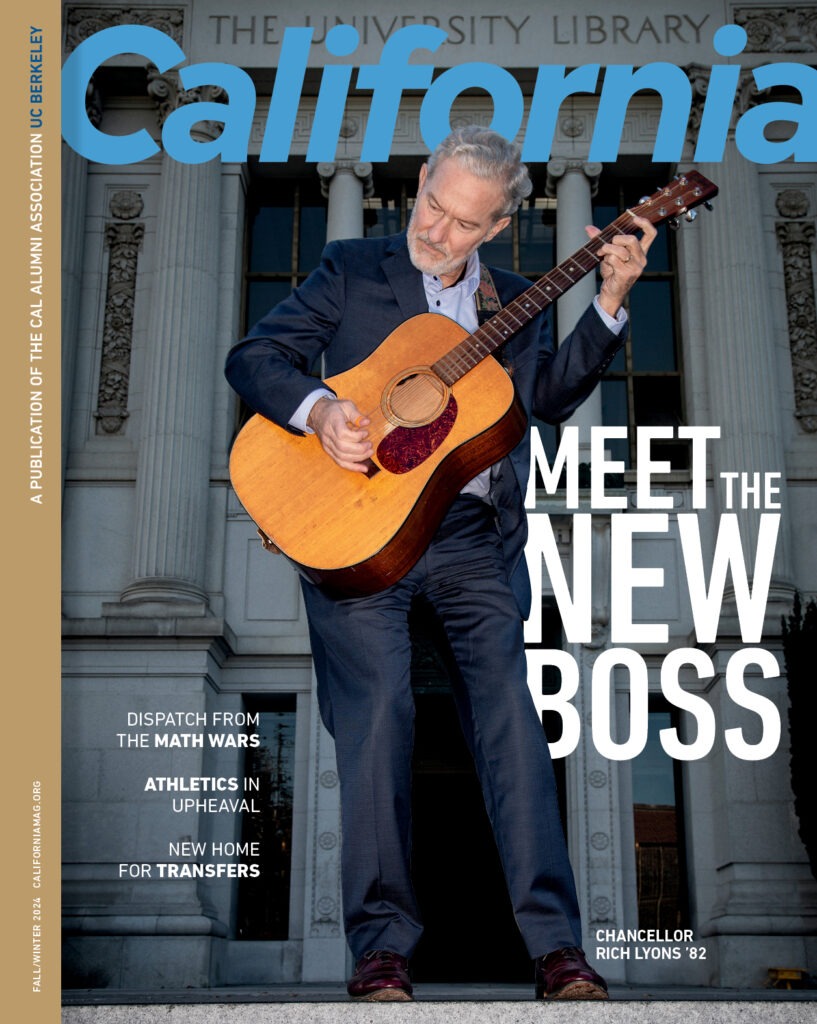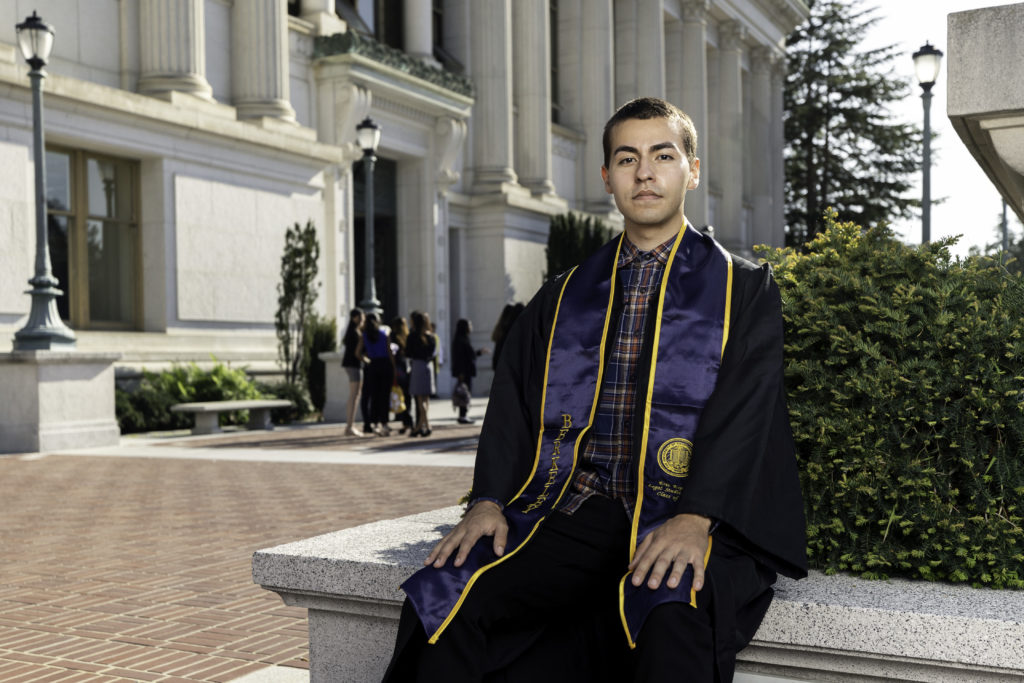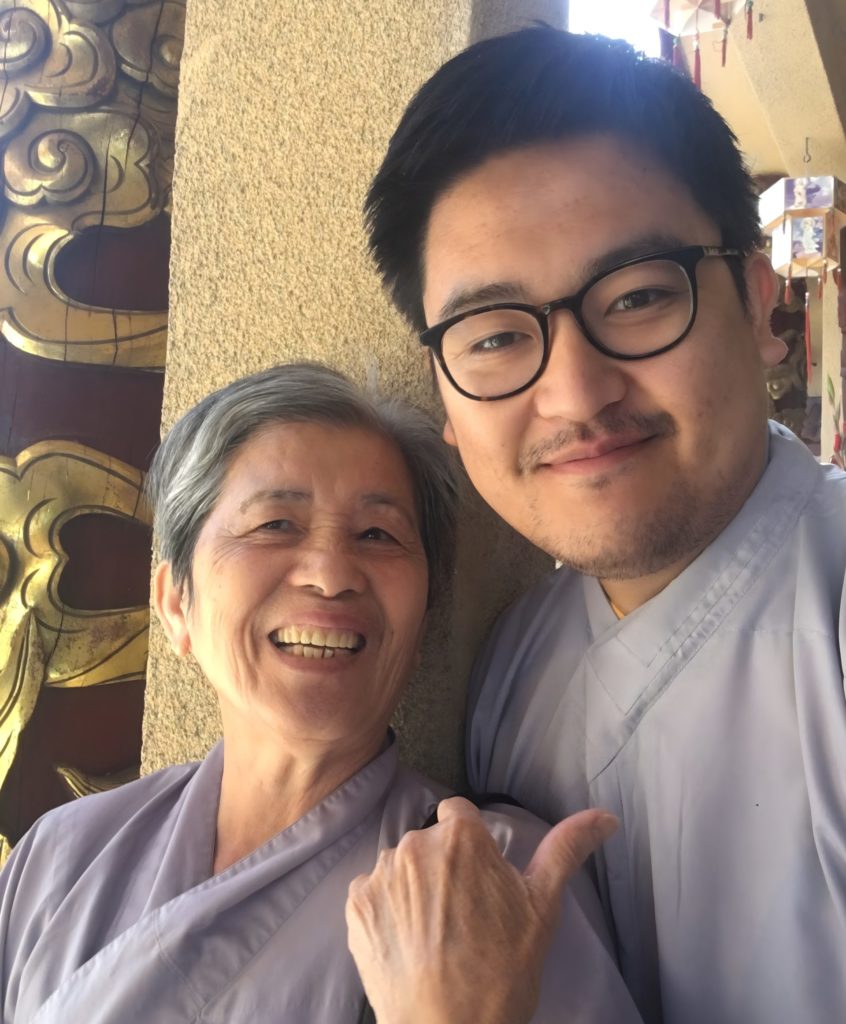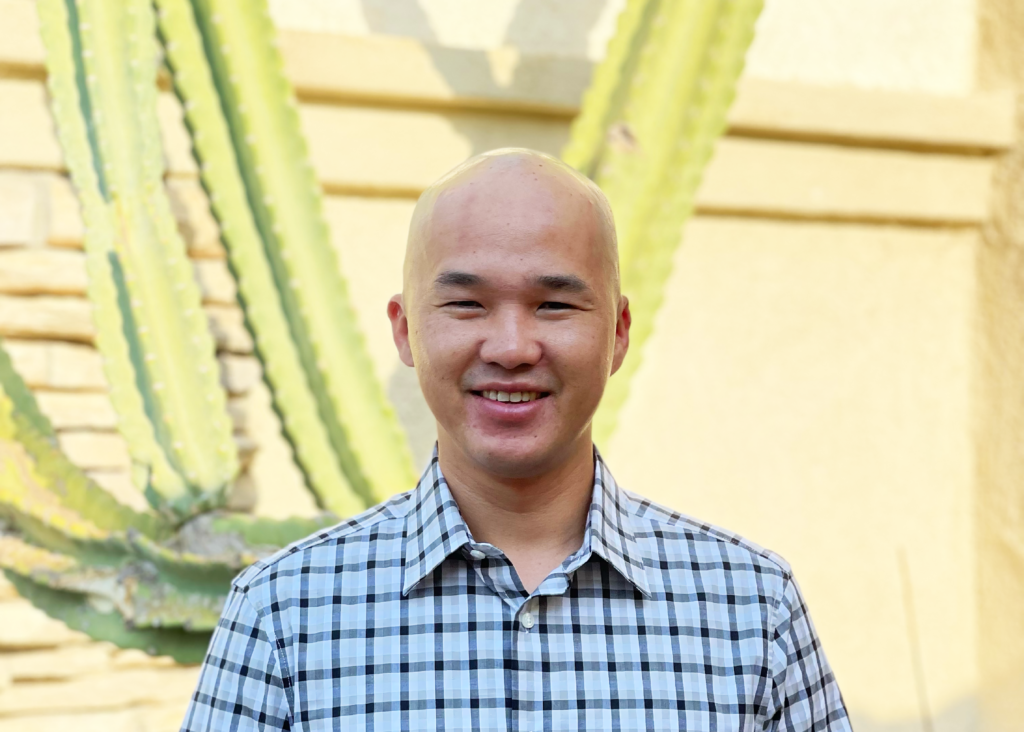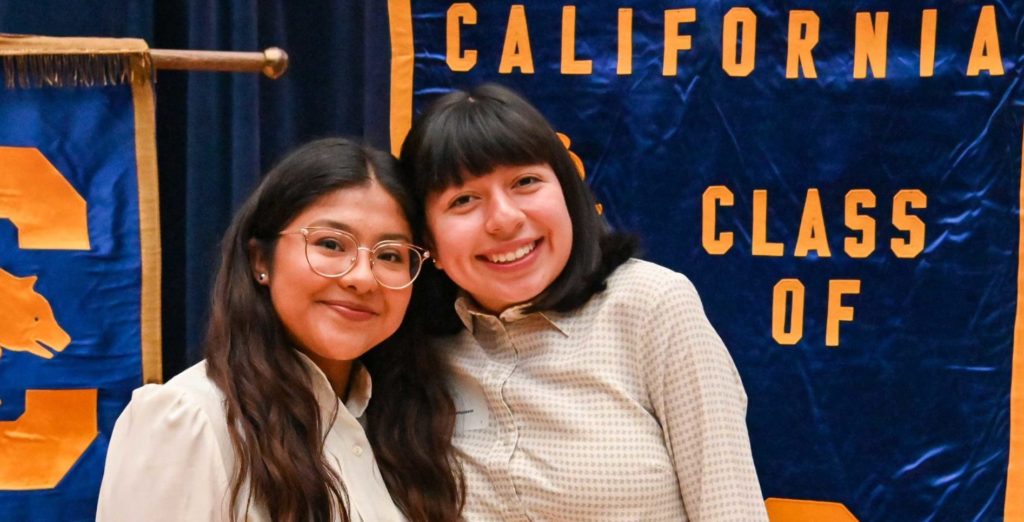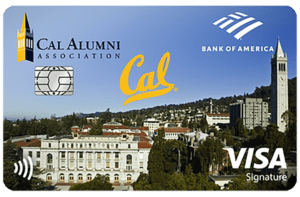Support The Achievement Award Program
Established in 1999, The Achievement Award Program (TAAP) provides students from low-income, first-generation, and underrepresented* backgrounds access to higher education and resources for their personal, academic, and professional growth.
Who TAAP Serves
More than 500
TAAP Scholars awarded since 1999
| 100% from low-income backgrounds |
70% are first-year students |
80% from underrepresented* backgrounds |
| 87% are first-generation college students |
30% are transfer students |
10% are undocumented |
* CAA has identified Black/African/African American, Chicanx/Latinx, Native American/Alaska Native, Southeast Asian, and Pacific Islander as underrepresented groups on campus.
Stories of Achievement
History of The Achievement Award Program
In the spring of 1998, a task force was charged with putting together what would become The Achievement Award Program (TAAP). The general parameters of the endeavor were clear: establish a scholarship program for high-achieving students from low-income communities in California.
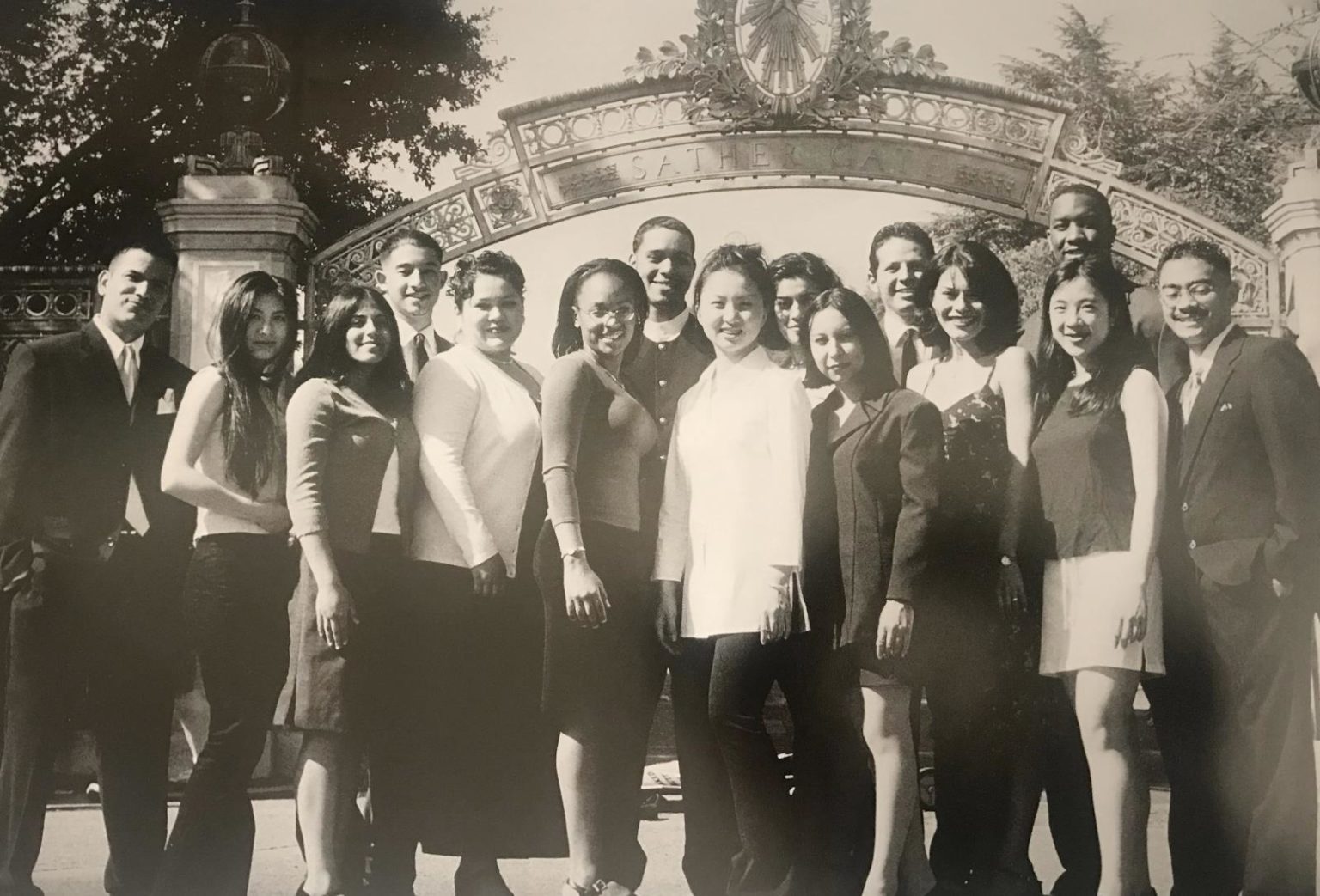 In 1999, The Achievement Award Program welcomed its first cohort of Alumni Scholars.
In 1999, The Achievement Award Program welcomed its first cohort of Alumni Scholars.
Hear from our Alumni Scholars about TAAP's impact for undergraduate students.
Alumni: Become a TAAP Volunteer
Alumni volunteers provide important connections for prospective students. By serving during the application and interview process, you provide a friendly face and vital perspective for TAAP applicants.

Show your support for TAAP Scholars today.
Your Support Matters
Areas of Support
Why Give to the Alumni Scholars Program?
Your gift to CAA keeps Cal golden and the future of current Berkeley students bright.





